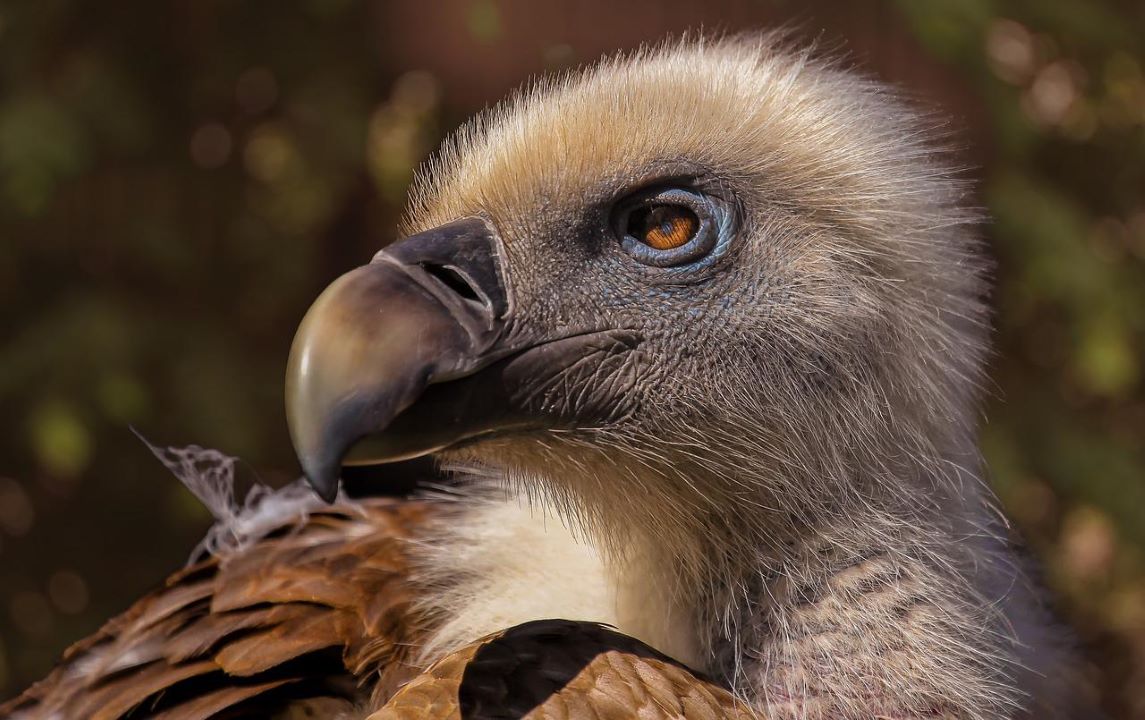Raptors are dwindling dramatically in Kenya. More than 90% of some species have disappeared. Demonstrators emphasize their important role in the ecosystem and call for their protection. Without predators, elephants and other animals would not be able to thrive.
East Africa’s Raptors Are Disappearing
Birds of prey have been commonly seen in Kenya. However, due to human activity, such as infrastructure growth, human population growth, rapid deforestation, and the use of poisons and pesticides, the remaining populations are also at risk. “It’s a disaster, “says Darcy Ogada. “I am disappointed every time I leave the house and look at the sky. I may still see the extinction of these birds during my lifetime, “she adds.

Scientist Ogada works for the international non-profit organization Predator Conservation Peregrine Fund. A team of scientists recently published a report describing a dramatic decline in birds of prey in Kenya: kestrel numbers have fallen by 95 percent over the past 40 years, hadila scribes and bald eagles have fallen by 94 percent, southern kestrel by 93 percent, and black-backed buzzards by 91 percent. Capuchin vultures and floodplain vultures are less identical by 88 percent.
The Predatory Birds Protection Is Low
With a growing human population, populations of birds of prey are virtually declining. People turn forests into pastures for livestock. Grass grazing reduces the number of small mammals, i.e., prey for predators. Locals install poisoned baits against lions and hyenas. Dead poisoned welders eat vultures, which then also die due to poisoning.

“Conservationists assess the ecosystem’s health according to the number of elephants. But the elephant would have a hard time surviving if there were no predators that clean the environment, “says Thomsett. “If they saw similar numbers (of declining predators) in Europe, Japan, or any other part of the developed world, it would cause panic, and people would do everything to save them,” he added.
Despite Kenyan predators’ threats, the study’s authors suggest that their decline can be reversed. According to experts, more systematic care of protected areas, mitigation of specific threats, and implementation of species recovery plans would help.
Source and credit: https://www.theguardian.com/environment/2022/apr/13/poison-persecution-and-people-why-kenyas-raptors-are-disappearing, pixabay.com




